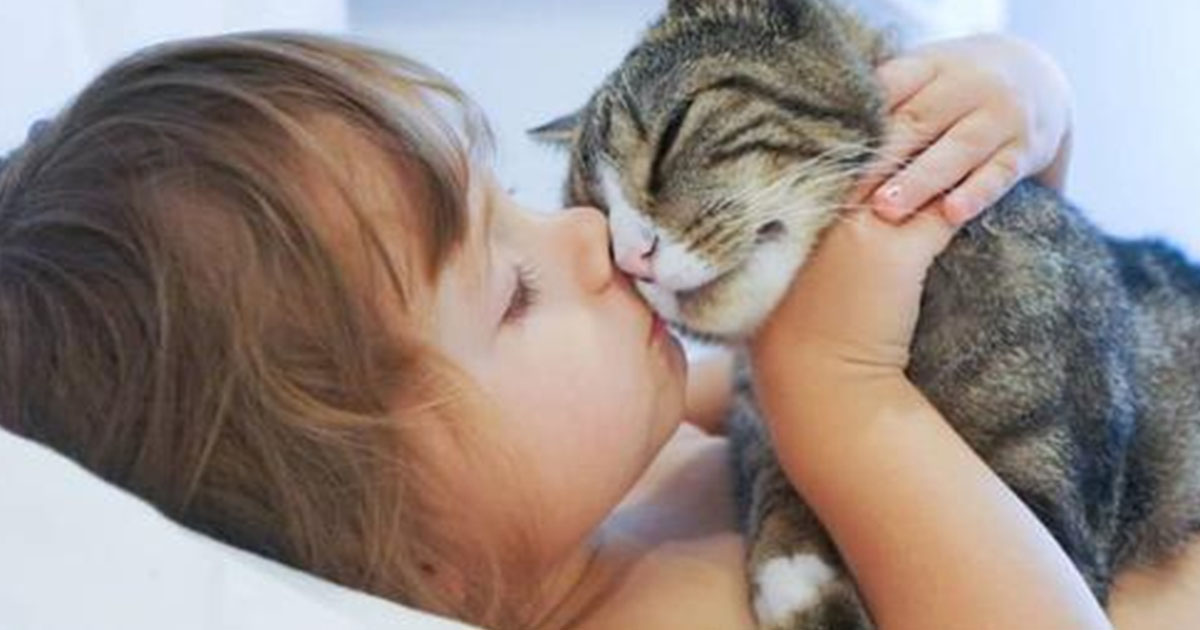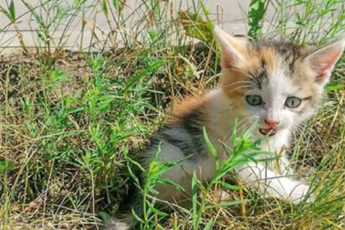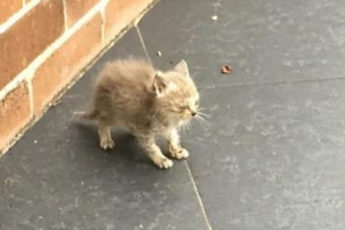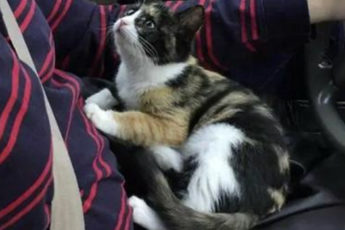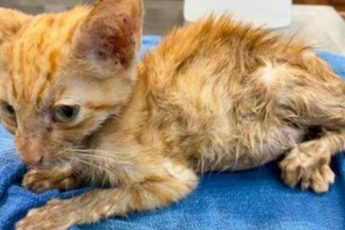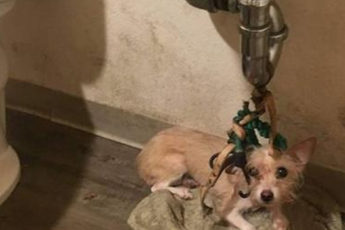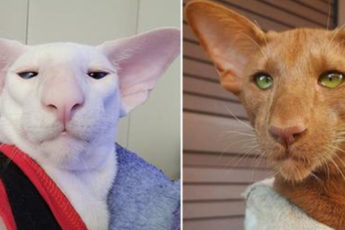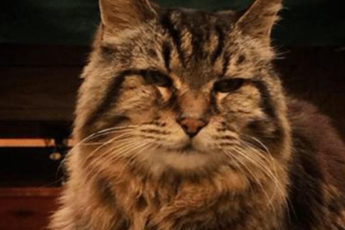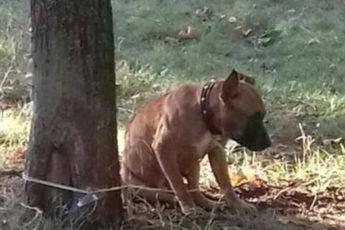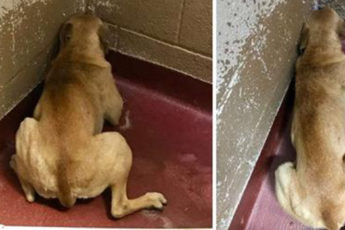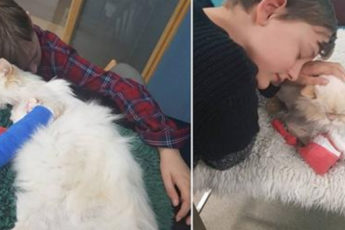It is believed that dogs are afraid of loneliness, but cats are not. And, you know, I want to tell you that this opinion is wrong.
Contrary to the very common opinion in the past that cats are pronounced loners, they are quite social and capable of forming extremely strong bonds with other animals, including humans.

Signs of separation anxiety
Signs of this fear appear in us when an attempt is made to separate us from a person to whom we are very attached. A similar fear can manifest itself when an attempt is made to separate a cat from an animal friend. A cat suffering from separation anxiety will try to be near its owner as often as possible and for as long as possible, accompanying him wherever he goes. If a cat sees that the owner intends to leave the house, it becomes angry or hides, or even blocks the exit. In a word, it tries to hinder him by any means. Well, when the owner returns to the home nest, she demonstrates her joy so brightly that it is simply impossible not to notice.

Separation anxiety manifests itself in similar ways in dogs and cats. We may scream loudly, we may urinate near the front door or even on the owner’s belongings. Also, we often scratch or chew on furniture. However, sometimes separation anxiety is also indicated by less visible signs. For example, if left alone, a cat may become nervous or refuse to eat. And if the cat’s owner is alone, this fact is likely to go unnoticed. Sometimes there are bouts of vomiting that start in the cat, again in the absence of the owner. Much more rarely (luckily) cats show their fear of separation by licking themselves too hard. At the same time, they indulge in this activity so passionately that gaps and sometimes even blood appear on their bodies.
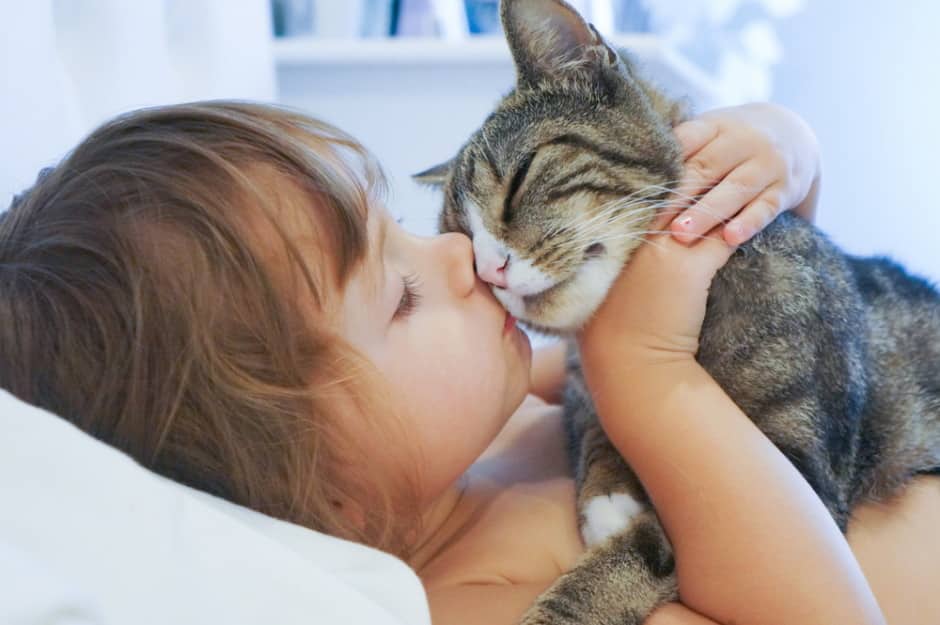
What triggers the fear of separation?
People cannot yet determine exactly what causes this fear in cats. But in fact, the cause of this syndrome can be congenital, genetic predisposition and the environment surrounding the cat. So one can explain that kittens who, for example, were taken away from their mother too early or were orphaned too early, are probably more prone to separation anxiety than those who did not have such troubles in their childhood. So what should a cat owner do if he suspects that his cat has separation anxiety? First of all he should discuss the issue with the veterinarian, and then he should perform a full examination of the cat. One should remember that very often the reasons behind behavioral changes or even strangeness are not of a psychological nature at all, but rather some kind of health problem. Therefore, it is best to begin with the identification and elimination of these causes. If they are not detected – fine: this will only make you feel calmer.
And one should not forget that the symptoms of mental problems and illnesses can overlap and form completely wrong ideas about the problem.
For example, if a cat has an inflammation or blockage of the urinary tract, it might not pee in the tray, but in another place and it might meow a lot. And if the cat has a food allergy it can become addicted to excessive licking. All this can create the illusion that the animal suffers from separation anxiety, or that it is dissatisfied with the actions of its owner. A timely examination will make it possible to get to the bottom of this issue. It would also be advisable to talk to a cat behaviorist. Fear of separation in cats has only recently begun to be studied and a specialist could help, if not to understand the syndrome, at least to rule out other possible fears.
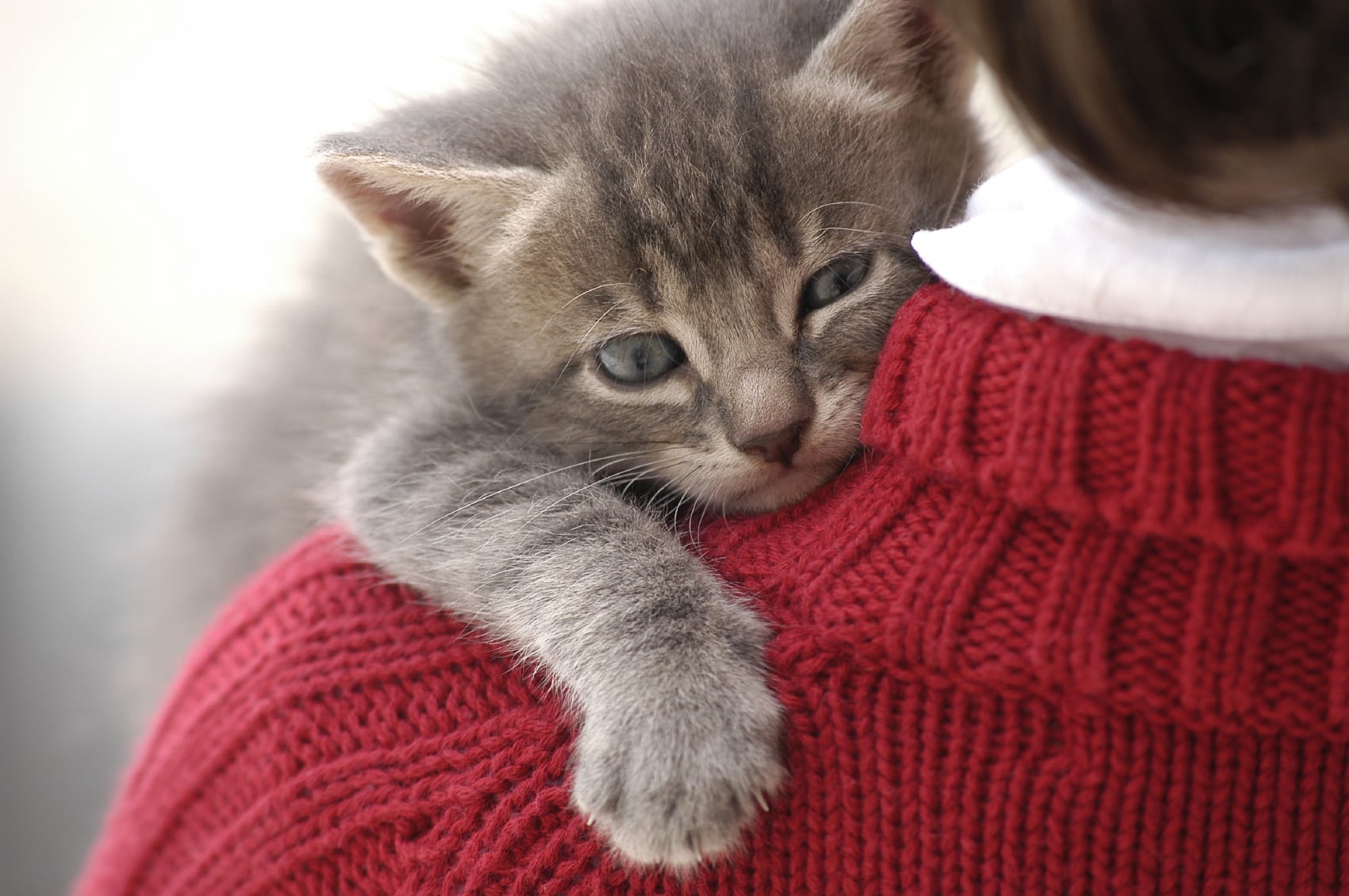
So how do you treat separation anxiety?
About a quarter of an hour before the owner leaves home, it is advisable to ignore the cat.
It is advisable to do the same for the same amount of time after returning home. Alternatively, you can distract the pet with a toy. For example, you can take a cylinder from a roll of toilet paper and, taping the ends, make holes in the sides, filling it with various treats that would fall out of it when the pet rolls the cylinder on the floor. You can find pre-made toys set up in the same way on sale. Another way to distract the pet for this time would be treats hidden in different corners of the house. Fifteen minutes before leaving you should give the cat all the toys that it likes the most and when you come back home you should hide them all.
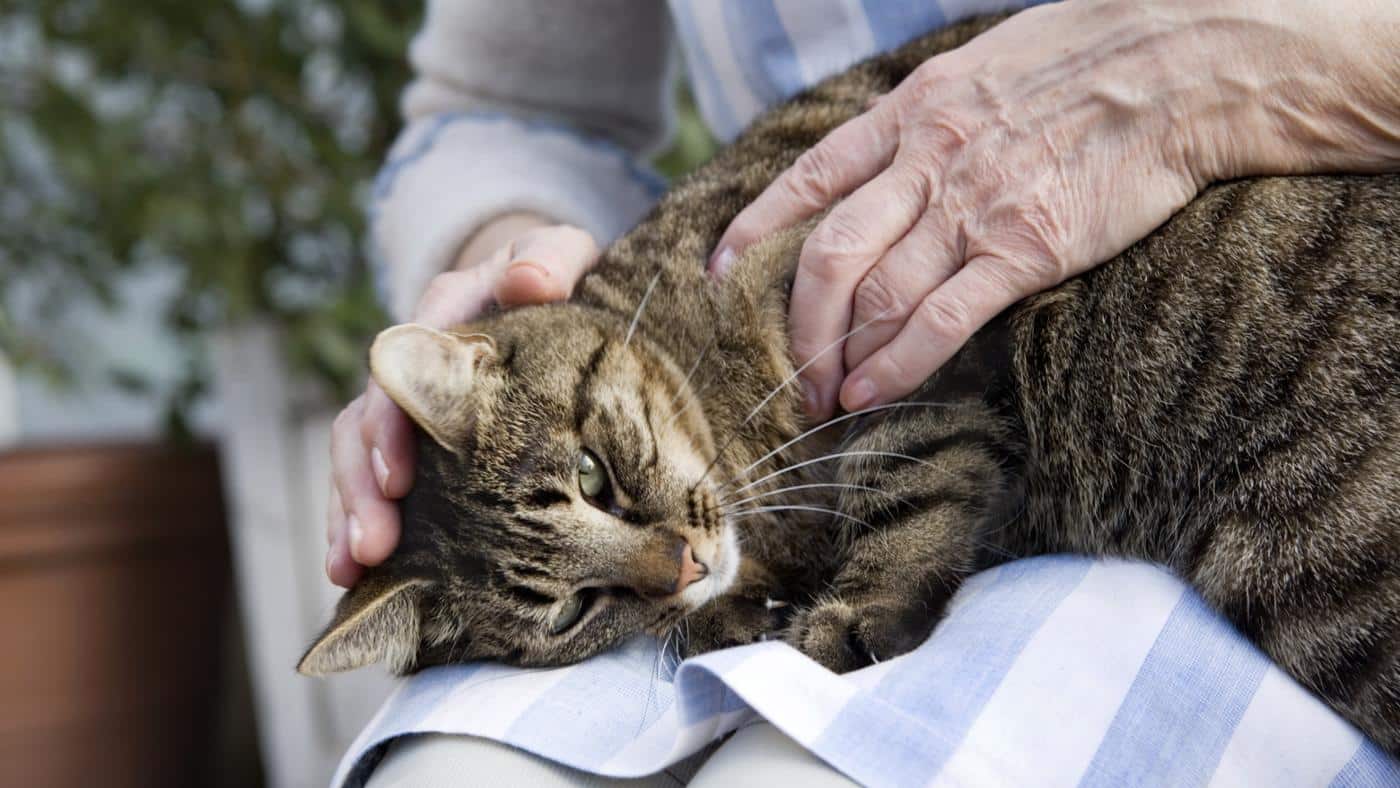
You should also try to make the world around the cat as interesting as possible. To do this, the cat should build a secluded and comfortable place from which it can observe street life through the window. Even better you can make such a place in front of the bird feeder, where the cat will probably watch “Animal World” for a long time. Claws and climbers will also add to the zest for life and distract the cat from obsessive fears. A softly turned on TV or radio can be helpful. Some cats are very partial to shows about different animals, especially if they are cats or potential prey. Others tolerate loneliness better if another animal stays with them. Although this, of course, depends on the particular feline. In some cases, medication may be resorted to for a while. As a rule, veterinarians prescribe “Clomicalm”, “Buspar” or “Prozac” in such cases. Otherwise, cat owners can rely on their intuition, creativity and future research in this area.
